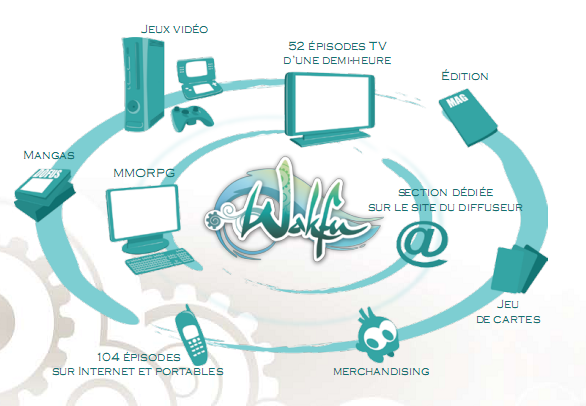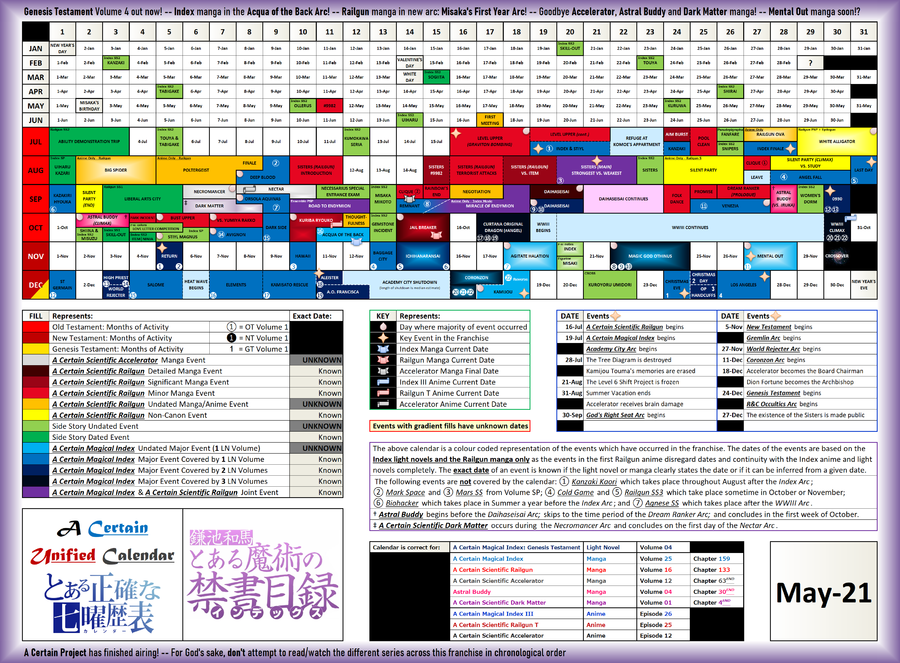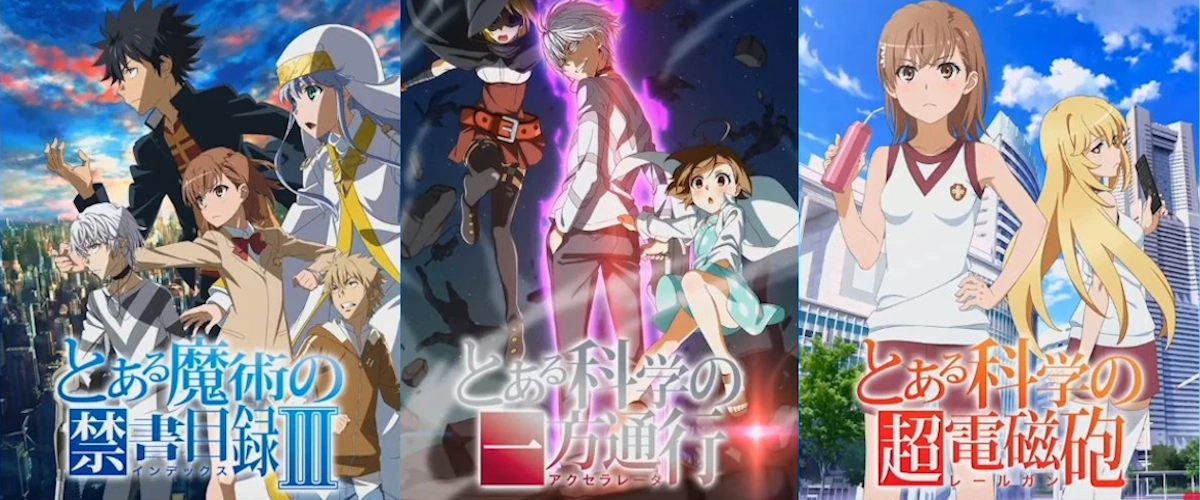Although you might not frequently encounter the term “crossmedia” in the English-speaking Internet, it represents the aspiration of nearly every modern franchise within the Francophonie.
Numerous failed projects testify to this ambition, such as the French web-series Noob with its attempt to penetrate the gaming scene through a crowd-funded game, or Ankama’s Wakfu , which continually tries to expand beyond its animated series roots into manga, games, and music. Moreover, I would argue that David Cage’s work on QTE-style games exemplifies crossmedia, attempting to bridge the gap between gaming and movies, albeit superficially.

For some, these attempts were mildly successful. However, for most, it appears almost impossible for a franchise, even one with a devoted fanbase, to transition its audience to a new medium, regardless of the grandeur of the adaptation.
The crux of the issue may lie in the very concept of “adaptation.” The value of a brand name is often misunderstood—it transcends mere recognizability to include familiarity.
Adapting a franchise to a new medium requires significant changes; it must embrace its conventions and fully understand them. This alone creates a daunting, immutable barrier—something unfamiliar. Even within related domains, such as animation and live-action movies, adaptations frequently face criticism for this unfamiliarity, causing disruption within fandoms (e.g., The Last Airbender ).
As a benchmark for our exploration, we will examine a prime example of the cross-media journey, illustrating how, more often than not, it fails in ways that are seemingly unavoidable.
A Brief Introduction
The Toaru franchise consists of not one, not three, but two principal media forms.

The first, both chronologically and in terms of lore, is A Certain Magical Index , or (とある魔術の禁書目録) for those who might understand Japanese.
The series, a collection of light novels written by Kazuma Kamachi and illustrated by Kiyotaka Haimura , brilliantly crafts a complex and coherent world.

Toaru’s universe is defined by the dichotomy between magic and science. The novels center on Kamijo Toma, a high school student residing in Academy City, the most scientifically advanced city in the series’ universe. Unlike many students there, he is not an esper, i.e., a human with supernatural abilities derived from scientific principles.
Espers complicate the narrative; their powers, based on scientific concepts, are stringently classified from Levels 1 to 5 (e.g., Accelerator, the strongest Level 5, who can alter vectors ). They are the focal point of the second media installment, A Certain Scientific Railgun (とある科学の超電磁砲), which is a manga.
I’m Not Like Other Franchises
Why discuss this franchise at all? A picture is worth a thousand words:

This illustrates the chronological order of the story; some fans meticulously follow this elaborate plan to navigate the main storyline’s events.
The franchise spans two main light novel series, two additional manga series, and three Animes adaptations (Index, Railgun, and Accelerator). It also includes crossover events, video games dating back to the PSP era, and newly released manga adaptations of yet-to-be-adapted light novel content.
This series serves as a case study in both incredible storytelling and problematic media management. We will explore both the benefits and the clear challenges of this system.
The Bad: Echo Chambers
Index, originally a light novel, was adapted into a manga by Kogino Chuuya and skipped the second and fourth novels. It was then adapted into an Animes released in 2008 by J.C.Staff .
Its Animes adaptation suffers from inconsistencies, poor pacing, and the dated early 2000s shonen trope, characterized by overt fanservice, harems, and a tsundere female companion.
Many traits present in the original light novel were either nonexistent or minimally emphasized. However, like an echo chamber, these were amplified with each adaptation, culminating in video games—based on the adapted Animes adapted from the manga adapted from the light novel —which essentially became fan-service farms, sometimes bordering on legality concerning some younger characters (yikes).
This redundancy is a core issue with crossmedia. Recursive adaptations lead to a cumulative addition of elements, diluting the original essence into an unrecognizable mess that complicates the experience for fans, who often recommend a complex mix of different media to properly engage with the series: “First read the novel, then this part was better in the manga, but Railgun’s Animes is well-adapted…” and so forth.
The Good: Comprehensive Worldbuilding
The obsession with crossmedia isn’t unwarranted; it not only enables the sale of a franchise across various platforms and diversifies revenue but also allows the franchise to experiment with new mediums and leverage their unique features to its advantage.
Let’s revisit the earlier diagram:

This represents what is known as comprehensive worldbuilding . While Kamijou Touma is the de facto main character of Index, Railgun’s protagonist Misaka Mikoto is almost universally more popular, and her Animes adaptation is more critically acclaimed, underscoring the potential of this approach. Accelerator is a character with a rich backstory that received its own series.
Story arcs can be explored from various perspectives. Touma is not a main character per se but rather, like every other character, a witness to Academy City’s storyline. This principle underscores Toaru’s series philosophy: regardless of whether characters disappear or are completely forgotten, Academy City continues to exist and evolve.
Having multiple mediums allows Academy City to feel like a real place, where people lead full lives. It is a worldbuilding powerhouse, constructed on layers of lore that must be explored through various methods.
Let’s analyze another diagram:

Events here are static; they do not change regardless of the medium. May-21 marks the point at which the current story halted, as depicted. Some days are shared by multiple mediums (represented by the keys); these are entire arcs that are either partially reexplored or completely redone from another perspective. The most prominent example is the Sisters Arc , which appears in the Light Novels, the Index and Railgun Mangas, as well as the Index, Railgun, and Accelerator Animes.
This depth is a significant reason this arc is so well-regarded, and it exemplifies why many fans are prepared to follow such a complex schedule religiously.
The Paradox Itself
The paradox of the Toaru franchise, and crossmedia ventures in general, lies in the tension between expanding a universe and maintaining its core essence. On one hand, crossmedia allows for a richer exploration of the world and characters, providing multiple angles and deeper layers to the story. On the other hand, it risks diluting the original themes and alienating parts of the audience who may prefer the narrative and stylistic coherence of the original medium.
The primary challenge with crossmedia adaptations is that each medium brings its own set of storytelling tools and limitations. What works in a novel—internal monologues, detailed world-building, complex backstories—might not translate well to a video game or a TV series, where visual and interactive elements take precedence. This shift can fundamentally alter the story’s presentation and impact, leading to a product that feels disconnected from the original.
With each new adaptation, there’s a risk of overextending the franchise. The desire to reach new audiences and markets can lead to forced adaptations that compromise on quality. Each additional layer might add complexity, but it can also introduce contradictions and inconsistencies that confuse both new viewers and long-time fans. This overextension can dilute the brand’s identity, making it hard for any single adaptation to stand out as definitive.
The Toaru franchise exemplifies the crossmedia paradox: the balance between expanding a story across different platforms and maintaining the integrity of its original narrative. While it offers unique opportunities for world-building and character development, it also faces the pitfalls of inconsistency, audience fragmentation, and potential quality compromise. This balancing act is the crux of the crossmedia challenge—pushing the boundaries of storytelling while respecting the essence that attracted fans in the first place.
Ultimately, whether crossmedia is a boon or a bane to a franchise depends on how carefully and thoughtfully the adaptations are managed. It requires a harmonious integration of all forms of media to enrich the original work without overshadowing it, a feat easier said than done.
In conclusion, Toaru’s journey through the labyrinth of crossmedia adaptation provides both a blueprint and a cautionary tale. It illustrates the potential for expansive storytelling and deep, immersive world-building, as well as the risks of losing the narrative’s heart and soul amidst the drive to explore every possible avenue. As we look to the future of entertainment, the lessons from Toaru could guide new crossmedia endeavors to strike a better balance between innovation and integrity.
To wrap this all up, here is the first opening of the Animes adaptation of Railgun cuz this s***‘s a bop:
- yaro